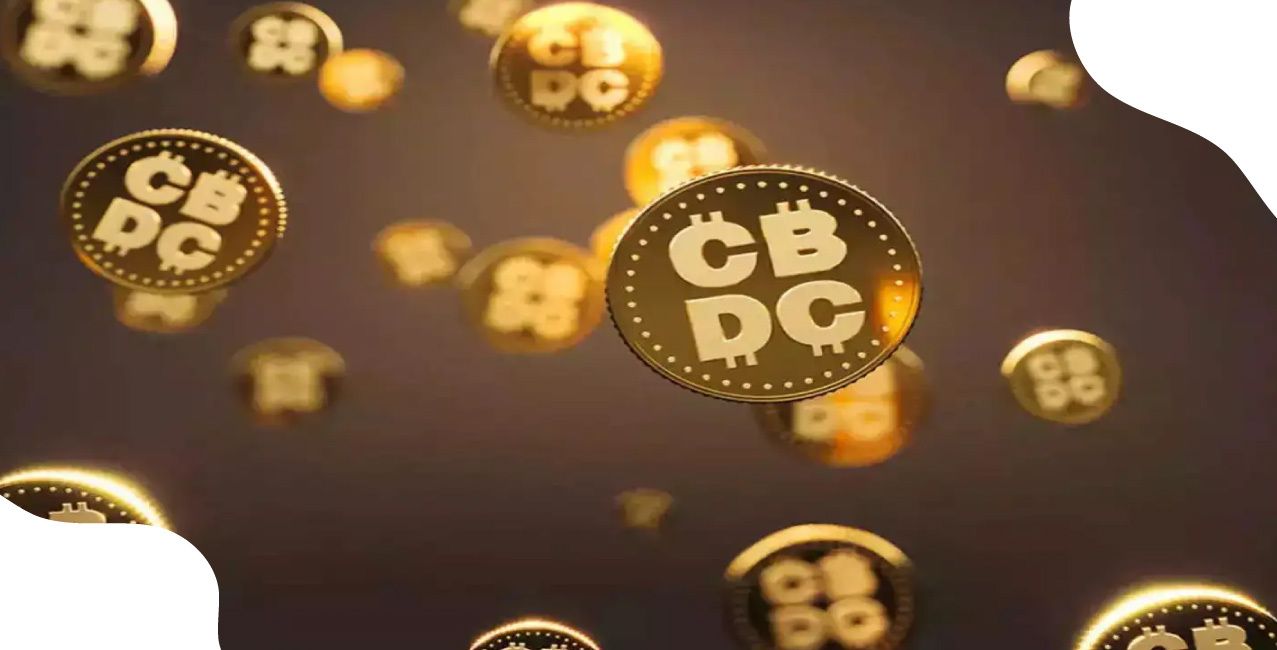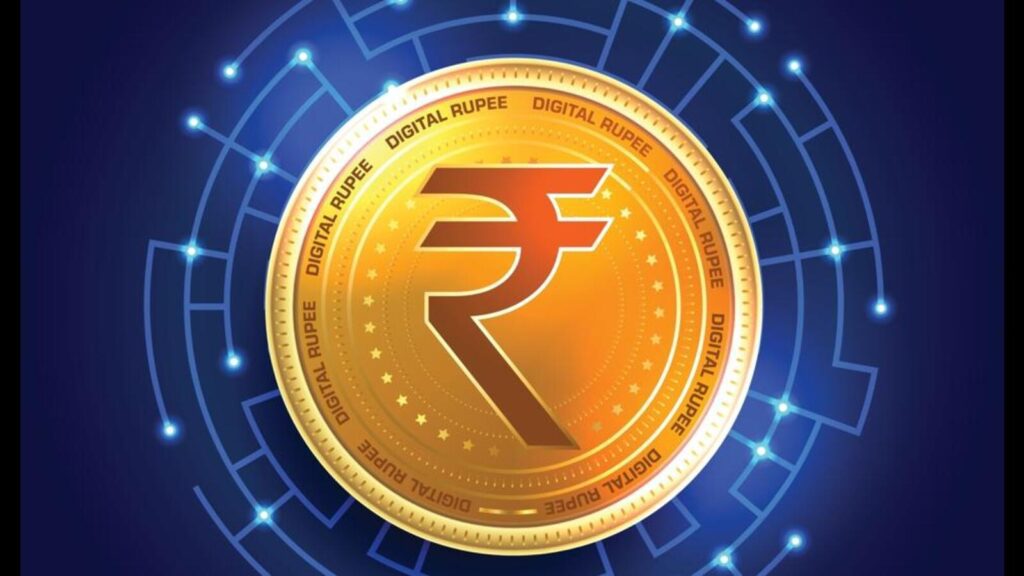Now Reading: Why RBI’s Deposit Tokenisation Pilot Matters for Crypto Users in India
-
01
Why RBI’s Deposit Tokenisation Pilot Matters for Crypto Users in India
Why RBI’s Deposit Tokenisation Pilot Matters for Crypto Users in India

India’s central bank has quietly begun testing something that could redefine how money moves—deposit tokenisation. While it sounds technical, it’s actually a big deal for anyone interested in crypto, digital payments, or how banks will function in the coming years. The Reserve Bank of India’s pilot isn’t just about tech innovation; it’s about control, security, and preparing India for a more digital future.
Deposit tokenisation means converting regular bank deposits into digital tokens that can move instantly between banks, businesses, or individuals. Unlike cryptocurrencies that run on public blockchains, these tokens are issued and backed by licensed banks under RBI’s supervision. They hold the same value as your regular rupee deposit, but the way they move is much faster and more transparent. This could simplify interbank transfers, reduce transaction costs, and make payments almost real-time.
For crypto users, this shift is interesting because it borrows the technology behind digital assets but keeps it within the traditional banking system. In a sense, RBI is saying, “we like the efficiency of blockchain, but we’ll do it our way.” It’s a sign that India isn’t ignoring digital finance—it’s adapting it to local regulation. For those who use crypto for speed and global access, deposit tokenisation could offer similar convenience without the regulatory risks that often surround private coins.
Tier 2 and Tier 3 cities could be among the biggest beneficiaries if banks adopt this system widely. Many people in these regions still face payment delays or limited banking access. A tokenised system could make transfers faster, even outside business hours, and help small traders and freelancers manage money in real time. It could also help reduce fraud since transactions would be traceable within a controlled digital ledger.
Still, there are challenges. For now, the RBI’s pilot is limited to a few institutions, and it will take time before it becomes part of everyday banking. Issues like interoperability between banks, cybersecurity, and user education will need strong groundwork. Also, crypto users must understand that tokenised deposits are not “crypto” in the usual sense—they are fully regulated, traceable, and tied to banks, not a decentralised network.
What this really means is that India’s financial future may not be about choosing between crypto and traditional banking—it might blend the best of both. The RBI’s deposit tokenisation pilot is a cautious but clear step in that direction, showing how digital innovation can evolve within the country’s financial framework while still keeping stability and trust at its core.

























